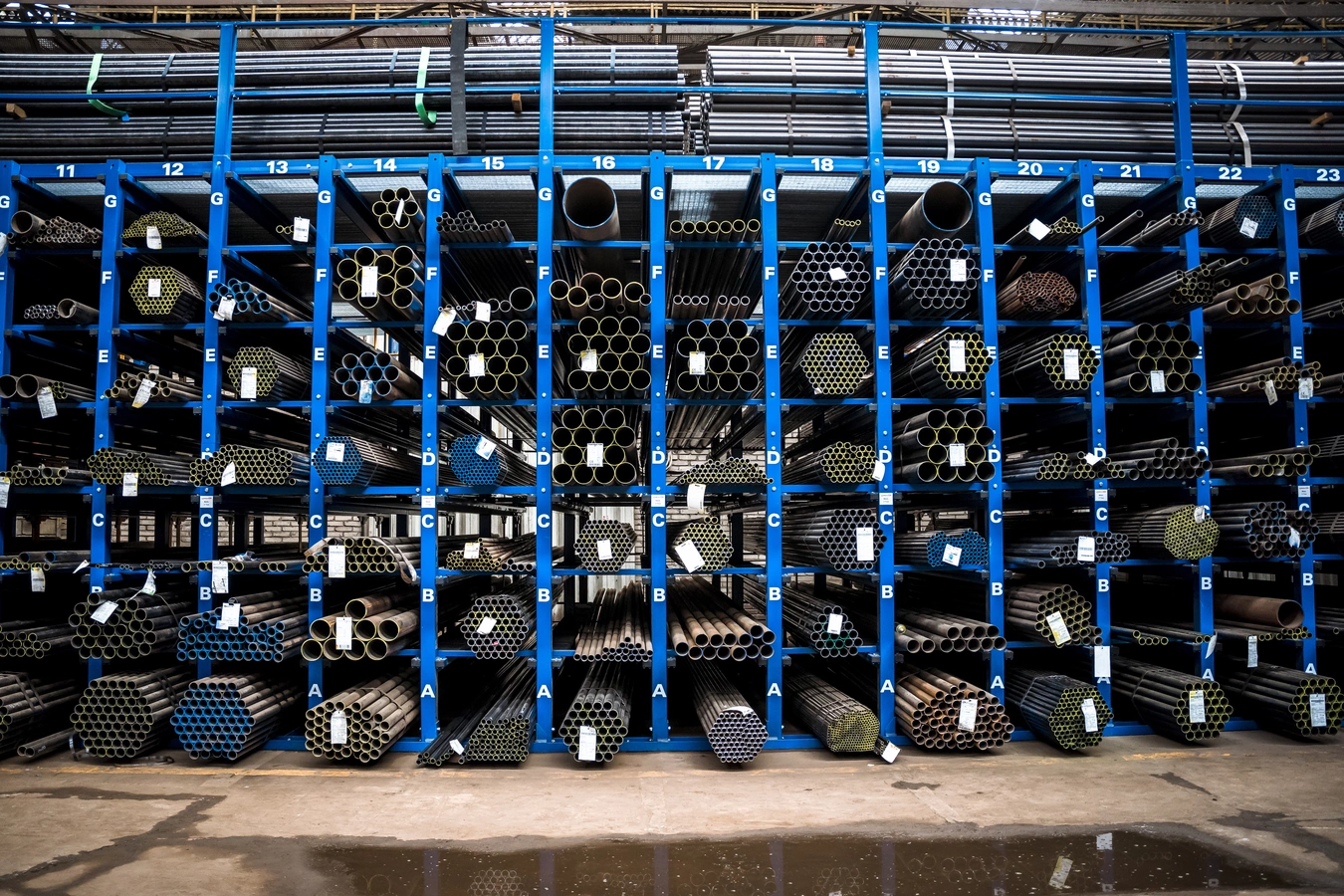Steel pipes characteristics
Steel pipes are hollow sections known for their high strength and resistance to tension and compression. The types of steel pipes include:
- Hot-rolled pipes
- Cold-rolled pipes
- Drawn pipes
Steel pipes can be either seamed or seamless. They are utilized in a variety of applications, including municipal water supplies, industrial uses, and pipelines.
Application of steel pipes
Steel pipes serve a wide range of purposes due to their versatility and strength:
General Applications
Standard Jacking Methods: Used for standard jacking methods and telescopic drilling.
Pressurised Underground Networks: Constructed from unalloyed and low-alloy steels, ideal for pressurised underground networks.
Protective Coatings
Steel pipes can be coated to protect against internal and external influences. This allows them to accommodate various liquid or gaseous media and be used as strong structural sections or specialized tools.
Specific Uses
Municipal and Industrial Water Supplies: Commonly used for water supply systems.
Industrial Applications: Used for cooling chemical processes and carrying crude oil in pipelines.
Gas Conduits: Suitable for transporting natural gas, LPG, steam, and nitrogen in both everyday and industrial applications.
Machinery and Equipment
Construction: Frequently used as load-bearing structures in building construction.
Aviation and Automotive: Integral in the construction of machinery and equipment for these sectors.
Bearing Manufacture: Serve as excellent intermediate products.
Heating and Cooling
Due to their optimal cross-section for fluid flow and temperature transfer capabilities, steel pipes are ideal for use as heat exchangers in heating and cooling equipment.
Mining Industry
Used in mining as structural components, pipes, and equipment for various drilling types.
Trenchless Technologies
Steel pipes are perfect for trenchless technologies, which involve the construction and rehabilitation of networks in areas with heavy vehicular and pedestrian traffic, such as city centers. This method allows for the installation and upgrade of underground infrastructure without traditional earth excavation.





